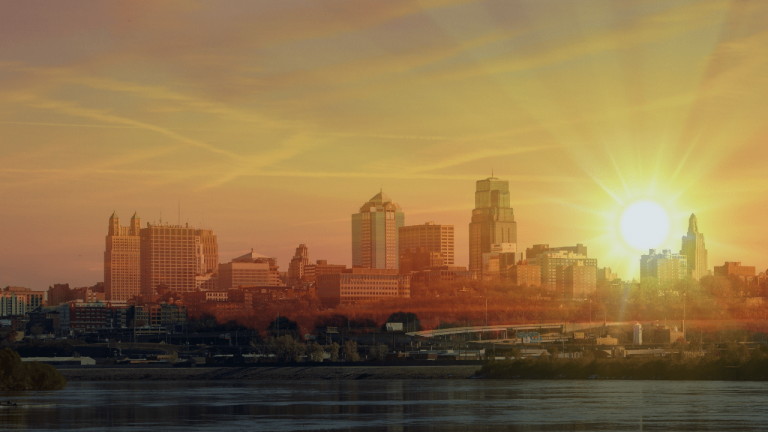When the hottest days of summer hit Kansas City, parts of the city will be warmer than others. Why does that happen, and who is affected? It all has to do with the “urban heat island” phenomenon observed in major cities around the world.
Heat islands are usually concentrated in urban centers, where temperatures are several degrees higher than in suburban areas. This is due to the density of buildings, machinery, and concrete. Without this heat-generating infrastructure, temperatures would be uniform across the entire area.
FOX4 Newsletter: Sign up for daily weather forecasts and Joe’s Weather Blog in your inbox
Studies have shown that temperatures in the Kansas City metropolitan area can vary by up to 10 degrees between downtown and suburban neighborhoods. The most affected are neighborhoods within the Downtown Loop and River Market, which are the densest areas in the city when it comes to concrete, vehicles, and building infrastructure.
Dense asphalt and dark roofs trap heat, and a lack of trees prevents cooling through evapotranspiration. That puts city residents at higher risk of extreme heat than suburban residents, especially those without air conditioning. If you commute or travel within the city during the day, you’ll notice that city streets are hotter while rural grasslands are a little cooler. Stay safe and check in on your neighbors during the extreme heat warning, which runs through Thursday. Get the latest heat index forecast from the FOX4 Weather Team.


